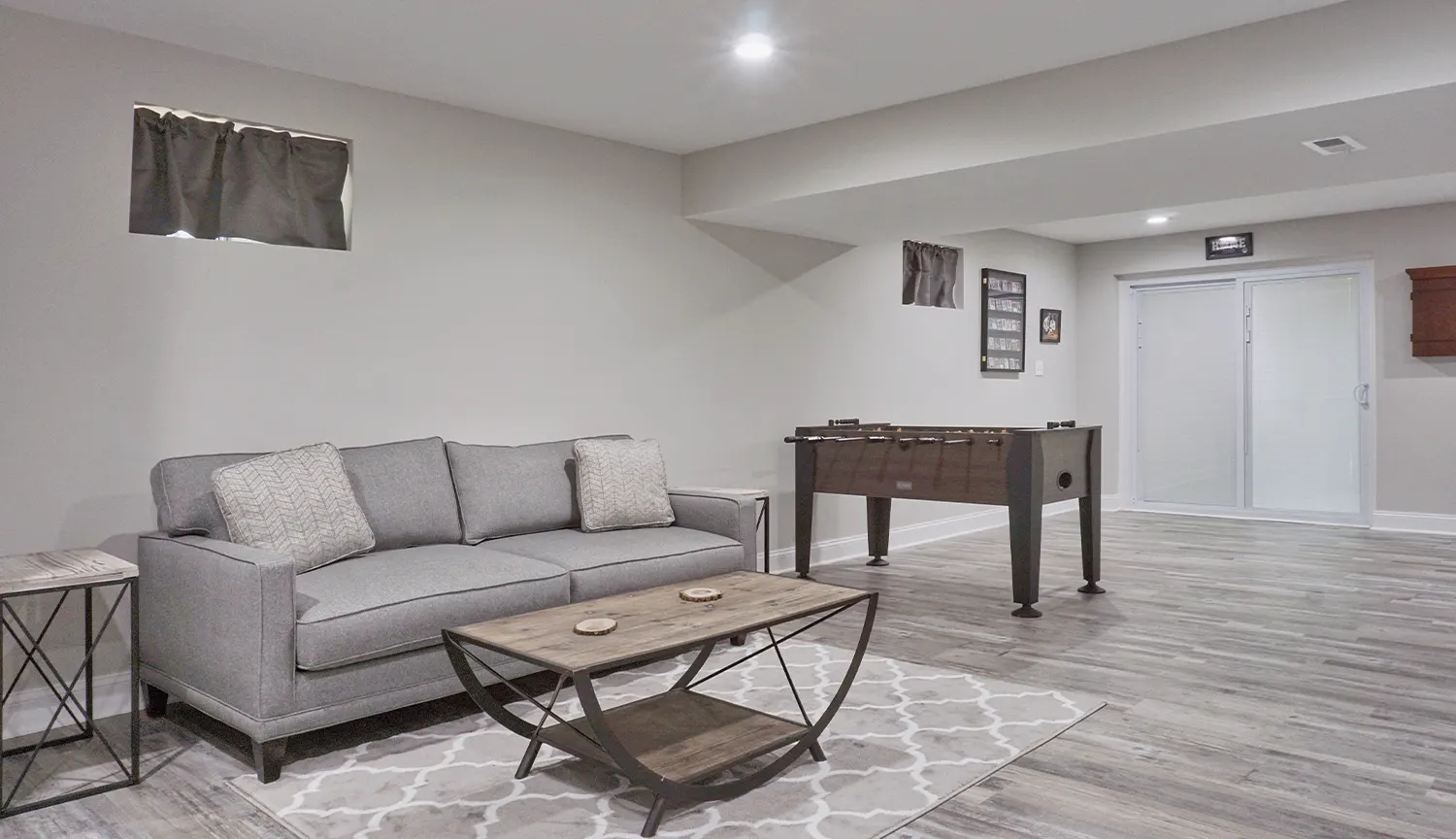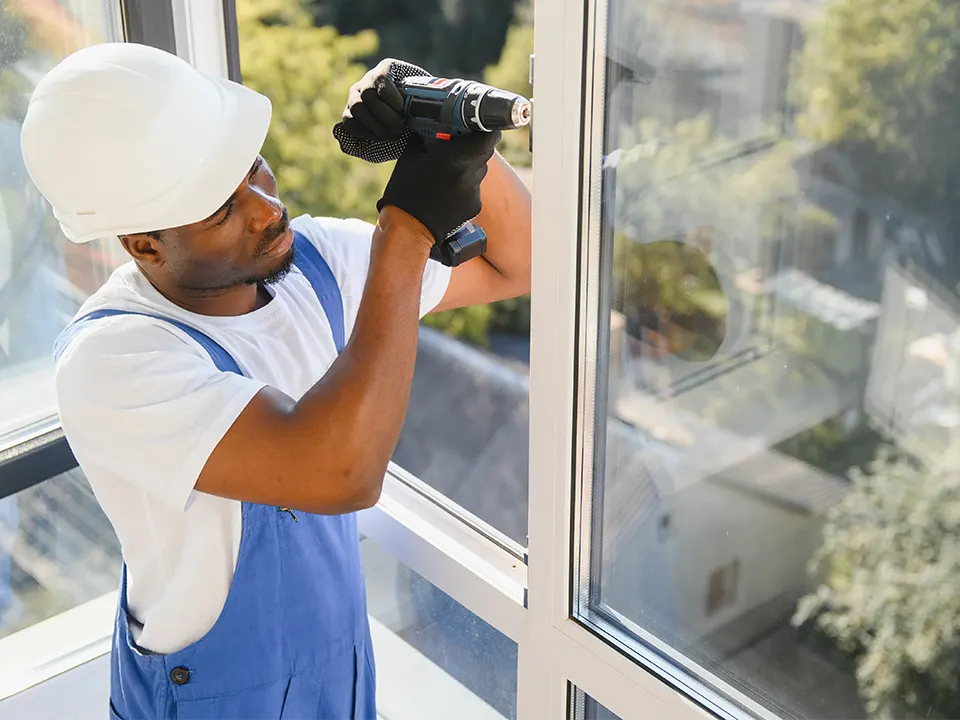
Maximizing Energy Efficiency in Custom Home Builds
November 20, 2024
HPCN Certification: A Must-Have for Trustworthy Home Renovation Contractors
March 21, 2025The Canadian housing market has struggled with affordability and rental availability. However, new mortgage refinancing options offer homeowners a chance to add secondary suites—like basement suites or laneway homes—and increase property density. Starting January 15, 2025, homeowners can tap into their home’s equity to finance these renovations. The aim is to boost the rental market, increase housing density, and make homes more affordable for everyone, benefiting both homeowners and the broader housing market.
What Are the New Mortgage Refinancing Rules?
The new refinancing option allows homeowners to refinance their mortgages to add secondary suites, with a few specific parameters to keep in mind. Under the new rules, homeowners can refinance up to 90% of their home’s “as improved” value—this includes the added value of the secondary suite. With the increase in property value, homeowners can access significant funding for renovations.
A significant benefit of this refinancing option is that it is insured by the federal government, reducing the risks typically associated with large loans. Homeowners can refinance their properties using insured mortgages, which offer more favourable terms. Additionally, there is a $2 million cap on the “as improved” value of the property, meaning homeowners can access refinancing for properties valued up to this amount. This policy makes it easier for homeowners in various housing markets to benefit from refinancing.
With the new financing options, borrowers can amortize the loan over a period of up to 30 years. This longer 30-year amortization period provides a more manageable repayment schedule, lowering monthly payments for homeowners. If you’ve been looking for a way to fund the construction of a secondary suite, this is a good option to explore.
Parameters for Borrowers Seeking to Add Secondary Suites
There are some clear guidelines that borrowers must meet in order to take advantage of this refinancing option:
- Property Ownership: The borrower must already own the property.
- Occupancy Requirement: The homeowner or a close relative must occupy one of the current units.
- Construction Purpose: Funds must be used to construct at least one additional unit, up to a maximum of four units total (including the existing one).
- Rental Restrictions: New units must be for long-term rentals and cannot be used as short-term rentals, such as Airbnb.
- Self-Contained Units: Each new unit must meet municipal zoning requirements and include a private entrance, kitchen, and bathroom.
- Loan-to-Value Ratio: Borrowers can access up to 90% of the “as improved” property value, with an appraisal required.
- Property Value Limit: The total property value must not exceed $2 million.
- Cost Cap: Funds cannot exceed the total project costs.
- Mortgage Insurance: Borrowers must meet all other insured mortgage criteria for eligibility.
The refinancing option also applies to up to four total units, including the existing one. This means you can add multiple suites, which is great for larger properties that can handle more density.

Why Should Homeowners Care?
Refinancing for secondary suites can be a game-changer for homeowners. Beyond the obvious benefit of increasing the rental supply, homeowners who add a secondary suite can also enjoy rental income. This extra income could help offset their mortgage payments or even provide a new revenue stream. Whether you’re looking to downsize into a laneway home while renting out the main house, or you want a basement suite that brings in additional cash each month, this refinancing option makes it possible.
The Broader Impact on Canada’s Housing Market
While this new mortgage refinancing option benefits homeowners directly, its broader impact on the housing market cannot be understated. By encouraging the building of secondary suites, the government is promoting the creation of more rental units in already-established neighbourhoods. Adding these units increases housing density without needing to build new structures from scratch.
This is a significant step toward addressing the housing affordability crisis in Canada. The more rental units available, the more pressure is taken off the rental market and the real estate market as a whole. These changes align with Canada’s larger goal of creating more affordable homes for its citizens, helping homeowners and renters.
What Are the Next Steps for Homeowners?
If you’re considering refinancing to add a secondary suite, there are a few steps to follow:
- Research: Review the new refinancing rules in full to ensure you meet all requirements.
- Consult a Lender: Speak with a lender who offers insured mortgages to understand your options and get pre-approval for refinancing.
- Plan Your Project: Work with contractors to get an accurate estimate of the project costs to ensure the loan will cover the full construction.
- Apply for Refinancing: Once you’re ready, submit your refinancing application to begin the process.
Take Advantage of New Financing Options
The new mortgage refinancing option for secondary suites offers homeowners an opportunity to boost their property value, earn rental income, and address Canada’s housing shortage. By meeting the eligibility criteria, homeowners can access affordable financing with favourable terms to build additional rental units, contributing to the creation of more housing and increasing property utility. This government initiative supports the goal of enhancing housing density and affordability across the country.
Contact us today to discuss your renovation plans, and we’ll connect you with a trusted mortgage specialist to explore your refinancing options!
Looking for a mortgage broker to help you get started?






